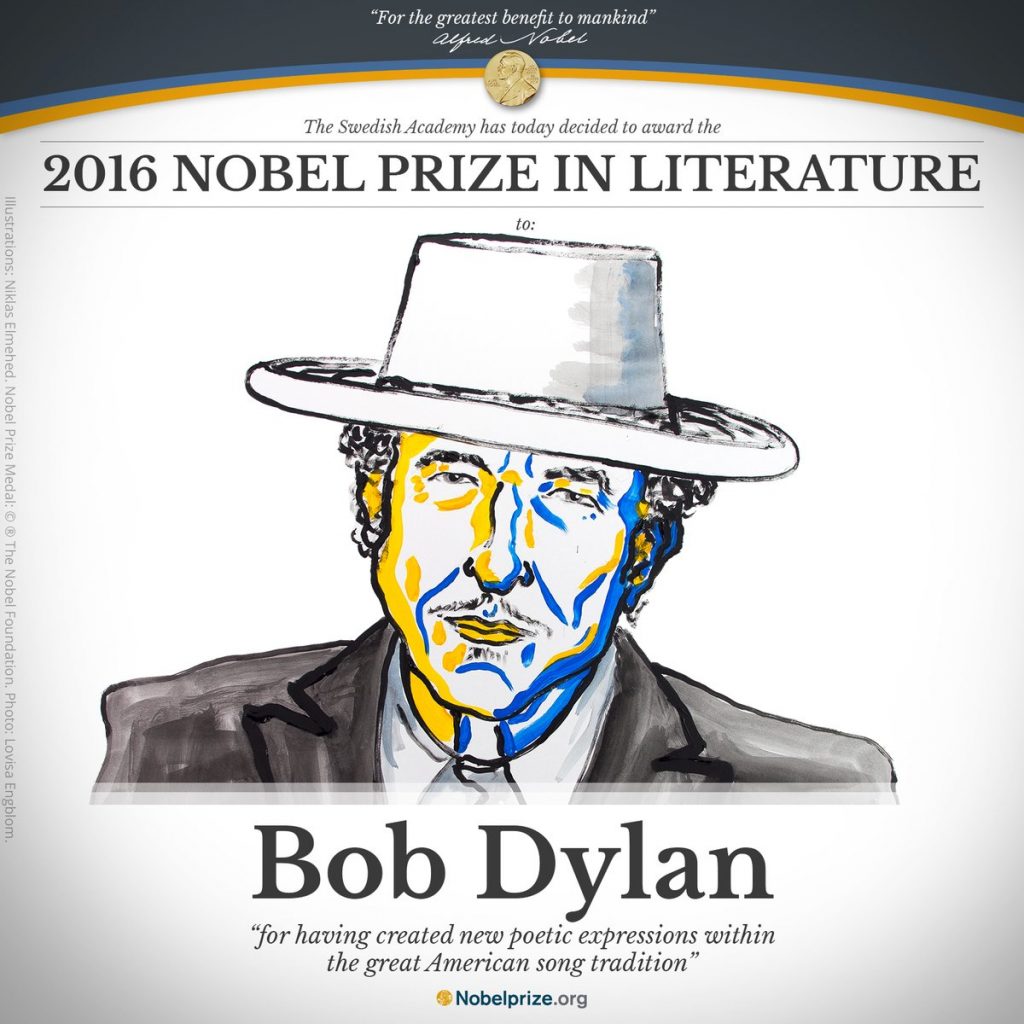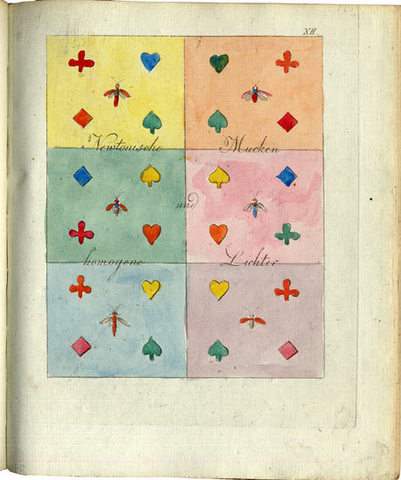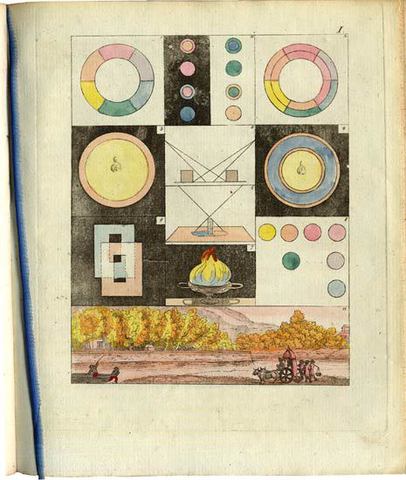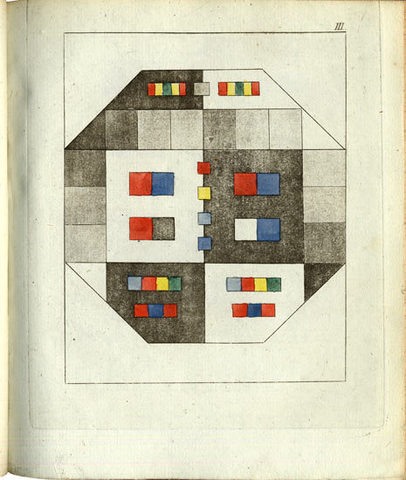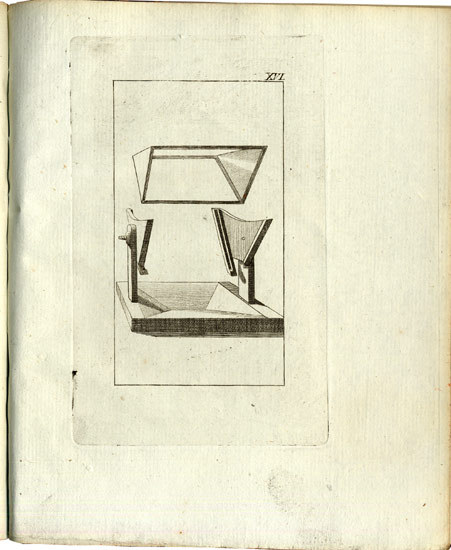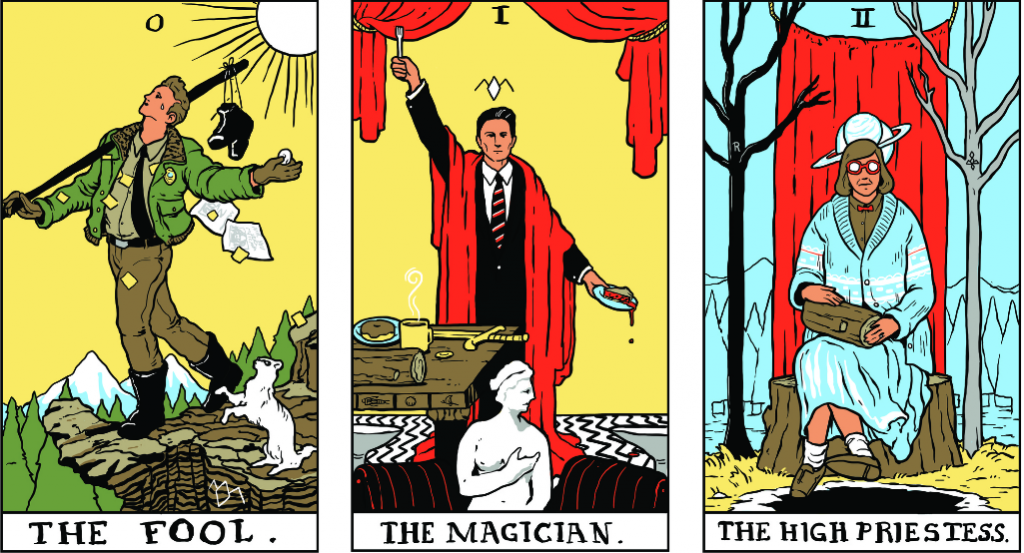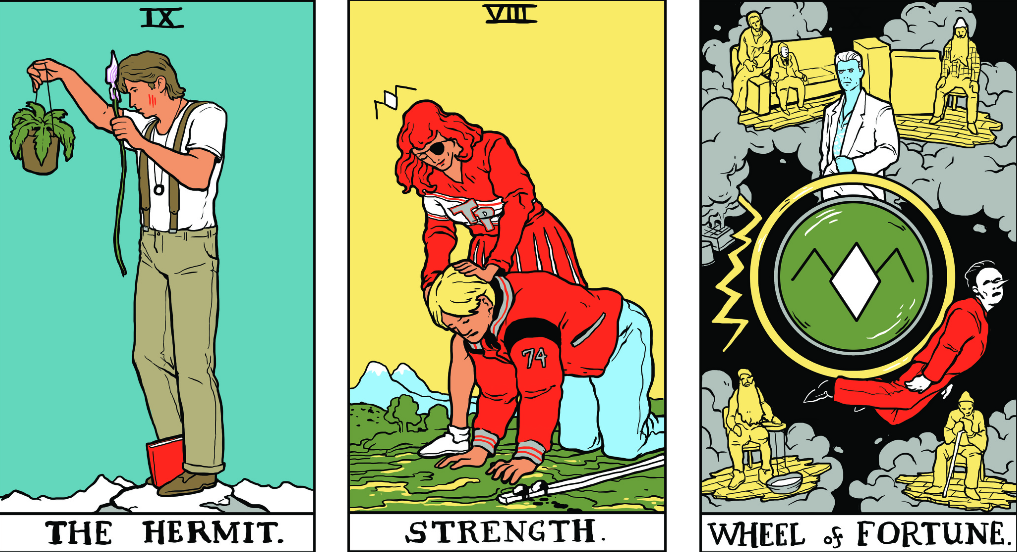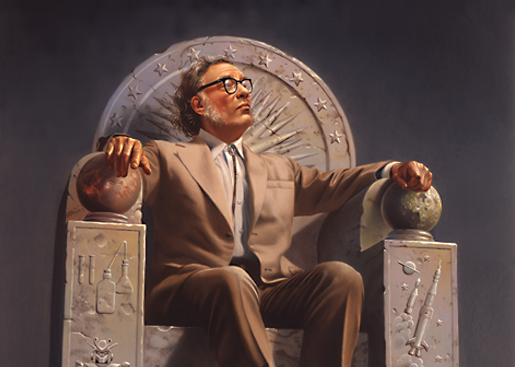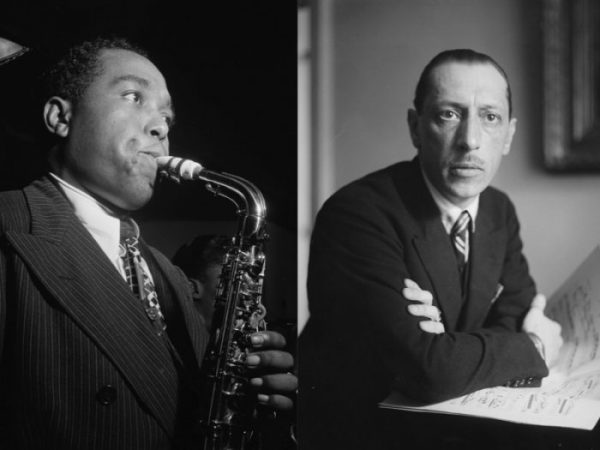Most stars are understandably choosy about what products, if any, they’re willing to endorse. Serious artists are mindful about their reputations.
The late great Godfather of Soul James Brown lent his prodigious talents to McDonalds (for a price), but it’s worth noting that most of the heavy lifting was done by a cast of unknowns playing ticket holders fortifying themselves before a hotly anticipated concert. Brown arrives at the end, to bedazzle everyone in the restaurant with his fancy footwork, sequined suit, and sheer proximity.
Clearly, the Hardest Working Man in Show Business had standards.
(Since his death in 2006, his hits have been used to sell athletic wear, gin, beer, and pork tenderloin, proof that these things are harder to control from beyond the grave.)
Japanese television is one arena where many Western celebrities are willing to relax their usual policies. The prospect of an enormous paycheck for so little work is hard to beat, though in the age of Youtube, there’s a far greater likelihood that their core fans will see the results.
Youtube was not a concern in 1992, when Brown filmed the above 15-second spot for Nissin Cup Noodles. No one can accuse him of phoning it in. He dances, lip synchs soup-centric Japanese lyrics to the tune of Sex Machine, and even—in a longer version on a kitchen set—pours boiling water into the cup, just like millions of budget-conscious artists and students the world over.
What he doesn’t do is “bite and smile,” a staple of commercial acting. He raises a forkful of product to his mouth with an obliging grin, but doesn’t ingest so much as a noodle.
For that, we must turn to former bodybuilder and Governor of California Arnold Schwarzenegger, who supplemented his movie career as Nissin Cup Noodles’ previous Japanese TV pitchman. Not only did he consent to funny costumes, he pile drives that ramen like a World Record in Competitive Eating depends on it. None of that clowning for Brown!
Readers, we invite you to contribute to our scholarship of Western celebs’ Japanese TV commercials in the comments section below.
Related Content:
James Brown Gives You Dancing Lessons: From The Funky Chicken to The Boogaloo
Jim Henson’s Violent Wilkins Coffee Commercials (1957–1961)
Ayun Halliday is an author, illustrator, theater maker, and Chief Primatologist of the East Village Inky zine. Her play Zamboni Godot is opening in New York City in March 2017. Follow her @AyunHalliday.
